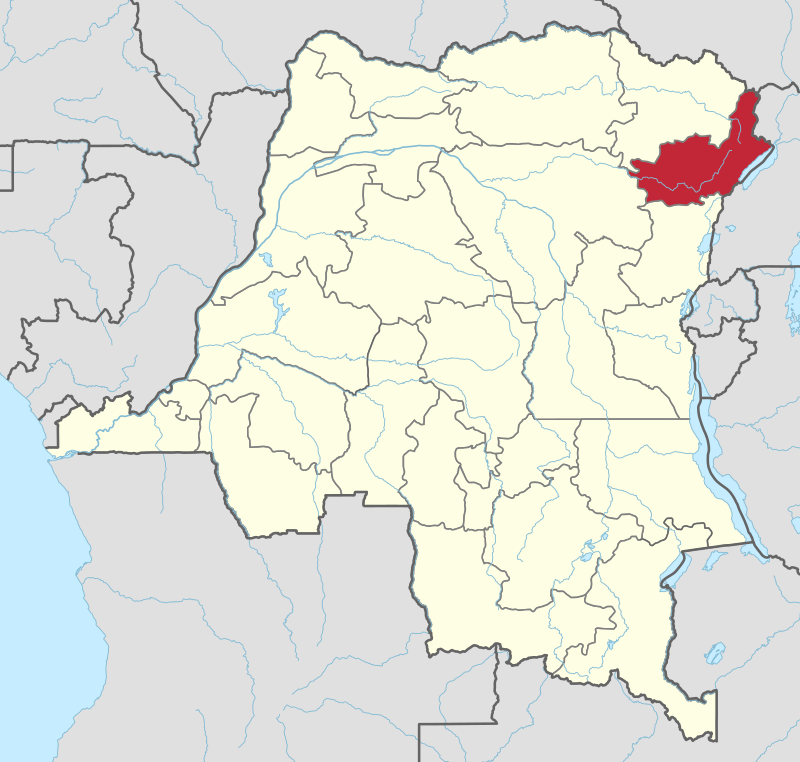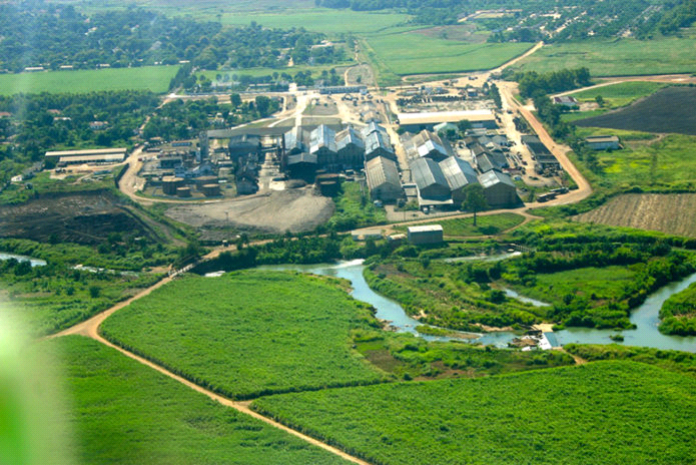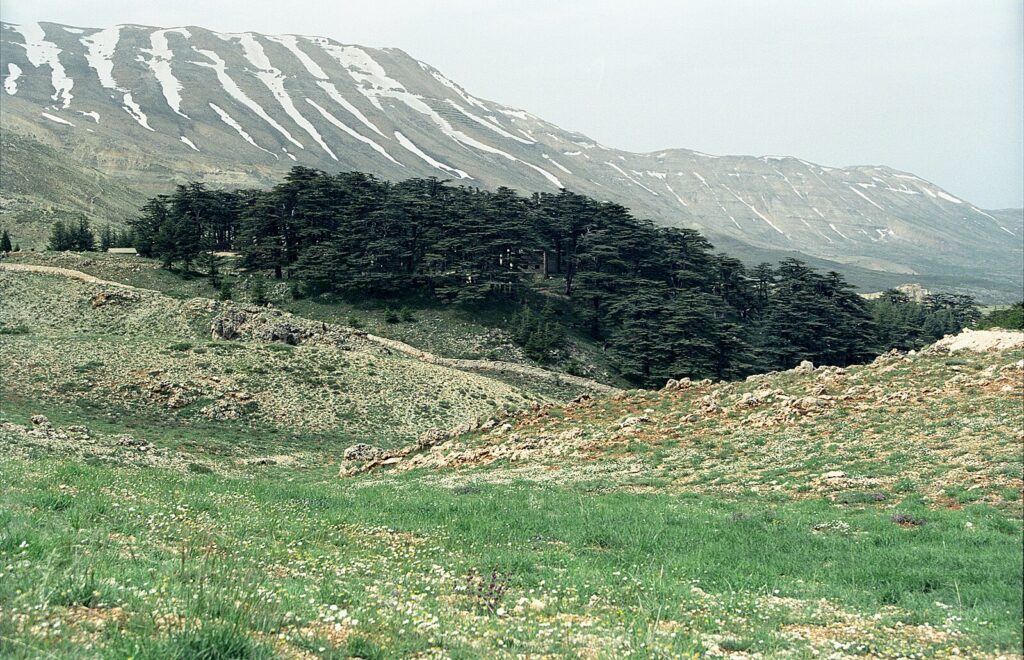Just north of the Mountains of the Moon, gazing down on the waters of Lake Albert, the Nile, and Africa’s Rift Valley, stands a Blue Mountain peak its head wreathed in cloud. Mt. Hoyo (1,450 m, 4,760 ft.) cloaks its flanks with the Ituri rainforest, sometime home of the Mbuti forest people. Neglect and civil strife have long held at bay the handful of savvy outsiders who might think to travel this far into the interior of the Congo (DRC) in search of the mountain’s caves, its waterfalls and the elusive okapi. That isolation has also largely kept from the view of scholars and amateurs alike what lies buried in those cave floors.
A volunteer assignment to teach in sub-Saharan Africa once brought my plucky wife, Mary Kay, and me to this very neighborhood during a brief respite in its story of struggle and suffering, made all the more pitiful by the wild beauty of its setting. Indeed, greed and ethnic hatred have been cruel masters of these decades in the mountains, forests, and savannas sewn with riches that induce madness.
That teaching assignment included a full palette of history courses – too many indulging the dramas of faraway countries: the European Renaissance and the agonies of the French Revolution come to mind. But at least prehistory brought us to Lake Tana, to Olduvai Gorge and to the cave of the Taung Child. And the curricula did include a polite curtesy to the likes of Kwame Nkrumah and Patrice Lumumba.
But while many of my students could have given a respectable account of the stunning cave paintings of Lascaux in southern France, neither they nor I, nor the then-scholars of prehistory had the faintest inkling of what lay buried in the floors of those caves in Mt. Hoyo. A now 50 yr.-old exploratory dig in the Matupi cave brought to light a landmark find of microlith tools that reach back to 40,000 years before the present. Unbeknownst to us, a community of state-of-the-art tool makers once commanded those magnificent heights looking out over some of the most dramatic landscape on the planet. What other secrets lie in Mt Hoyo’s unexplored caves can only be the subject of guess work. All of that less than a day’s journey from our classroom door, while we winced at the excesses of Robespierre and the Faberge baubles of tsarist Russia! We should have shuttered the school for a week to tiptoe through the caves and feel the millennia stirring beneath our feet, should have strained to hear the echoes whispering back to us from the ancient darkness of those clefts in the mountain.

the northernmost lake above – form part of a north-south watershed dividing
the vast Congo basin to the west, from the Nile river and its system of lakes to
the east. Mt. Hoyo sits in the lower right of the red area that delineates what
is known as the Ituri. Like much of the eastern strip of the DR Congo, it has
known almost unbroken civil strife during the lifetime of the present generation.
Far from Congo’s wobbly centers of power, the Ituri’s mineral wealth – including
gold – has attracted the greedy eyes of armed neighbors to the great cost of
DR Congo’s innocents. photo credit: Ituri-svg.png
Despite ongoing disturbances, a small beginning has been made now to restore the infrastructure and tracks leading back to Mt. Hoyo and its caves but often under armed guards. A graceful waterfall, dubbed ‘The Staircase of Venus’ – which surely deserves a Congolese name – awaits those who gather the courage to venture into that uncertain forest. The full story of this tantalizing site remains mostly beyond reach.
The acclaimed Chinese artist-activist, Ai Weiwei, has turned his flair to articulating a series of questions for AI technology, questions which are mostly haunting and unanswerable. I have one to pose:
What riches of mind and spirit lie buried at hand
that I have, in vain, traveled far to find?



Thank you, as always, for the urging of us to get up and sally forth, seeking what is beyond text book and curriculum.
Hello, John Bhai! Like you, I love the classroom! It has brought us far! But reading your note reminds me that far from the Ituri, there is the school and ashram of Shantiniketan north of Kolkata where the Tagore family created a campus for learning and creative endeavor. It is said that Rabindranath, poet-sage and musician, preferred to take his circle of students to the outdoors. There, seated on the earth, beneath the liberty of open sky, in the shade of the trees he prodded them to find inspiration for their growth, to inquire after the secrets of life.
Love this story and query, Jonathan. I think often of how much my ignorance, reinforced by western curricula, blinded me to the beauty and history of places while i was privileged to dwell therein.
Hello, Gann! Yes, so many wistful ballads confess that these extraordinary people and places are mostly recognized in the rearview mirror. For sure, regrets follow that we didn’t name and embrace them as fully as we might have. But then gratitude creeps in when it dawns that we had the great good, though undeserved, fortune to have passed (or ‘traipsed’) that way at all.
Always a welcome and educational read in my sea of emails, as I find your writing brilliant and colorful. Keep it coming!
Joan Creviston